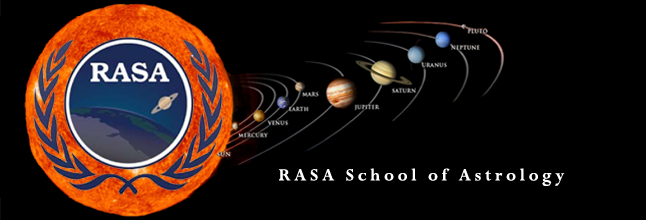By Robin Armstrong
This Spring we have been quite busy in our group activities. We began the season with the degree symbols of Adriano Carelli. His book is titled “The 360 Degrees of the Zodiac” and is published by the AFA. Carelli starts out with an interesting comparison of degree systems, mentioning one by Pietro d’Abano, and another referred to as the Theban Calendar. He also mentioned the work of one Johannes Angelus, but mentions that Angelus was using d’Abano’s material.
Carelli has no use for Alan Leo’s degree interpretations. He has a contempt for E.C. Matthews book on the Fixed Stars and Degrees of the Zodiac Analyzed, because he says it contains no spiritual insight, which the author prides himself in.
According to our group discussions, it is Carelli that comes into question. While some of his degrees do have symbols of relevance, Carelli can be relied on to take a negative and condescending approach to it. Carelli seems to present himself as a mystic but he has the attitude of a disassociative biker. He can be coarse, crass, and vulgar. He does use many quotes and associations but they rarely inspire, usually they put down! He uses long descriptions which he claims come from his meditative efforts of one year’s duration. However his attitude sucks! It’s in the gutter. Angry, unforgiving, and negatively judgmental. It seems that Carelli took examples from history and then read into them according to that person’s role, especially the failures in that role. He did do a lot of work and give natal examples, but his voice of authority, …. we would not wish it on anyone, and we cannot condone it! We will however continue to check his symbols out.
After Carelli we went on to the Sabian Symbols by Dane Rudhyar. This was a more familiar territory for the group as we had already spend several months focussing on Marc Edmund Jones’ version. Rudhyar surprisingly got mixed reviews. One person felt that Rudhyar was intellectualising and trying to explain everything, to such a degree that there was little room left for personal reflection. Others felt he tended to obscure the individual against an always growing significance of the group or of society. The overview seemed to be more important than the personal relevance. It gave one a sense of feeling as if one has to belong to or participate in specific waves of cultural evolution, or one would be wrong or misguided. The degree meanings have become such personally meaningful experiences for most of us that it was strange to have them generalised in context to a specific world view. Criticism and wonder also arose over Rudhyar’s changing of the original Sabian images. These symbols are not without their merit however positive concensus was hard to obtain. Some degrees had significant meanings and could be related to. The problem I think is Rudhyar’s emphasis on the evolution throughout the degrees of the importance of social participation as the purpose of life. His ideas do not grasp the concept of society as a background or vehicle of support for individual creativity and expression. The individual for the group, rather than the group for the individual. We are still working on Rudhyar but preference is growing for Jones’ version. The concern over prejudicial stereotyping and condescension remains in Rudhyar’s work.
We also began to work with Isidore Kozminsky’s “Zodiacal Symbology” (360 degree meanings).
Kozminsky was refreshing and insightful. He was much simpler than the Sabian explanations, but his work was poignant and vibrant. Kozminsky introduced a planetary ruler for each degree, actually for a couple of degrees in a row. They were not however, consistent with those of the Canon of Monomoiria by Paulus Alexandrinus. None-the-less they provided an easy to relate to planetary association for each degree. Kozminsky also gives a mystical symbol for each degree, something to meditate on. He also goes on to elaborate or explain some implications of the symbol. His form of expression is easy to relate to and it encourages further reflection. Kozminsky frequently gives astrological references to strong or weak planets in the horoscope. He give the impression that degrees are meant as an addition to horoscope analysis rather than a replacement for it. The jury is still out on Kozminsky and we will have more to say about these degree meanings in future issues.
A fourth work was introduced at our monthly meetings, and that is the one by Elsbeth and Reinhold Ebertin which was translated to English and adapted by Mary Vohryzek. This article was published in the NCGR Journal, Vol.4 , #2 in the winter of 1985/86. This was brought to our attention by Dorothy Nodus and Lorraine Welsh who went out of her way to find a copy for us. Thanks! This system of degree correspondences give a part of our anatomy to each degree of the zodiac. They seem to fall very harmoniously into association with the part of the body ruled by each sign of the Zodiac. They are quite detailed and many medical terms are used. Results of our scrutiny will be coming soon.
The work on the I Ching system is still growing with an increasing enthusiasm. We began to search out and follow our progressed Sun through the degrees of the Zodiac and the lines of the I Ching. Because of its depth this is a slow and ongoing process. Starting in the fall issue we will begin to publish the degree to Hexagram correspondences.
Even though not everyone can get to our group meetings and many of you live far away, we do hope that you will send your comments and degree insights to us. Your participation and feedback is welcome.
 RASA School of Astrology Learn The Language of the Stars!
RASA School of Astrology Learn The Language of the Stars!